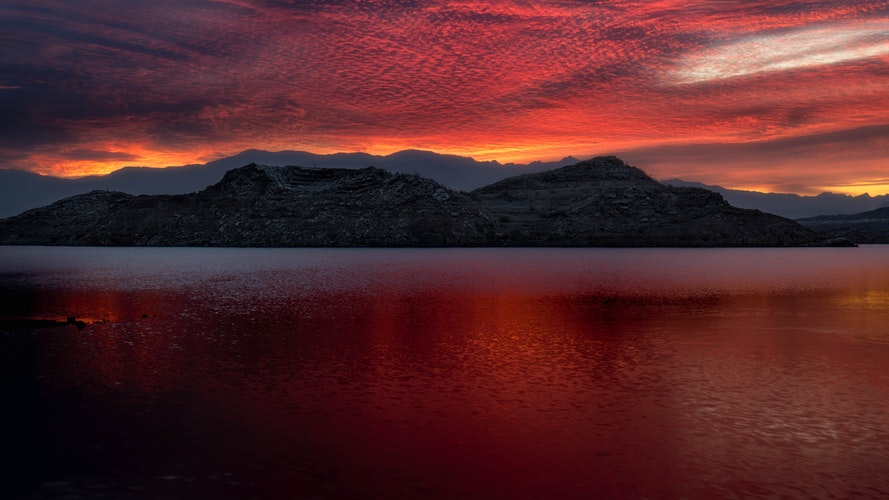There are no items in your cart
Add More
Add More
| Item Details | Price | ||
|---|---|---|---|
{{7/28/2022}}
Many Americans were headed west at the beginning of the 20th century, seeking new opportunities and more space than the crowded cities on the east coast could offer. Thus, cities in the southwestern U.S., including Phoenix, Los Angeles, and Las Vegas grew rapidly during this time. As the population increased, there came a need for water and power, especially since this was a desert region, and water was not easy to come by.
At the turn of the 20th century, farmers in the area got together to build canals that would divert the nearby Colorado River. Diverting the Colorado River would allow the farmers to irrigate their farms, making it easier for them to grow their crops. However, in 1905, the river broke through the canals, and in doing so created the inland Salton Sea. With their efforts to divert the river defeated, the farmers turned the US Government’s Bureau of Reclamation for assistance.
In 1922, Arthur Powell Davis, who was Secretary of the Bureau of Reclamation, proposed to congress the Boulder Canyon Project. This project would erect a dam in the Black Canyon area, on the border between Arizona and Nevada. The purpose of the dam was twofold: it would control flooding and irrigation of the Colorado River, and it would have a hydroelectric power plant to generate power for the area.

While the plan was popular among many in congress, there was some concern over the $165 million price tag. Also, some representatives in six of the seven states in the river drainage area- Colorado, Wyoming, Utah, Nevada, New Mexico, and Arizona – worried that much of the water would go to California, which was the most populated state and thus had stronger political influence.
Herbert Hoover, who was Secretary of Commerce, negotiated the Colorado River Compact in 1922 that would divide the water proportionally among the seven states. In December of 1928, President Calvin Coolidge authorized the Boulder Canyon Project. In honor of new President Hoover’s contribution, Secretary of the Interior Ray L. Wilbur proposed that the Dam be called the Hoover Dam. The name Hoover Dam became official in 1947.
As the Great Depression descended on America, hundreds of workers flooded to Boulder City, a city that was located just six miles from the site of the dam and was built to house those who would work on the project. In March of 1931, the contract for building the dam was awarded to Six Companies, a group of contractors that had pooled their resources to bid on the job.
The first step of the construction involved blasting the canyon walls to create four diversion tunnels for the water of the Colorado River. Workers labored in 140 degree tunnels that were filled with carbon monoxide and dust. Conditions were so hazardous that workers staged a six day strike in August 1931. After two of the tunnels were finished, the rock that had been excavated was used to build a temporary dam in November 1931.
The second phase of the project was to clear the canyon walls that would contain the dam. Workers who were suspended up to 800 feet above the canyon floor used 44 pound jack hammers and metal poles to knock material loose from the canyon walls. This was treacherous work that caused numerous deaths from falling and from being hit by falling debris.
With the bed of the river now dry, work could begin on the power plant, four intake towers, and the dam itself. Cement was mixed at the construction site and carried on one of five 20 ton cableways across the canyon. A fresh bucket of cement reached the crews every 78 seconds. Crews had to continually spray the cooling cement so that they could keep it moist.

As the water that would eventually become Lake Mead swelled behind the dam, the final concrete block was poured and placed at 726 feet above the canyon floor in 1935. On September 30th, a crowd of 20,000 people watched as President Franklin Delano Roosevelt commemorated the completion of the Hoover Dam.
At the time of its completion, the Hoover Dam was the tallest dam in the world. Five million barrels of concrete and 45 million pounds of steel went into building the dam. The 6.6 million tons of concrete was enough to build a road from New York to San Francisco. All told, over 21,000 workers contributed to building the dam.
{{Brett M.}}
A California-based travel writer, lover of food, oceans, and nature.